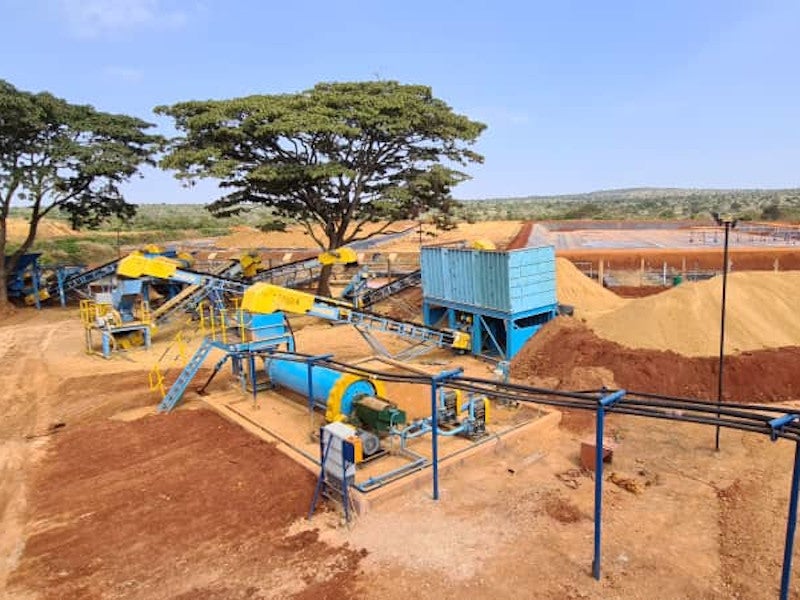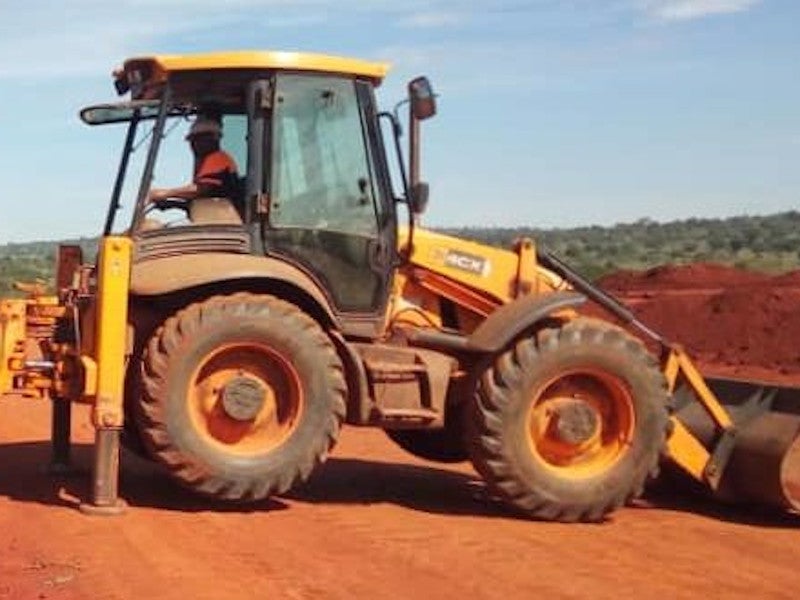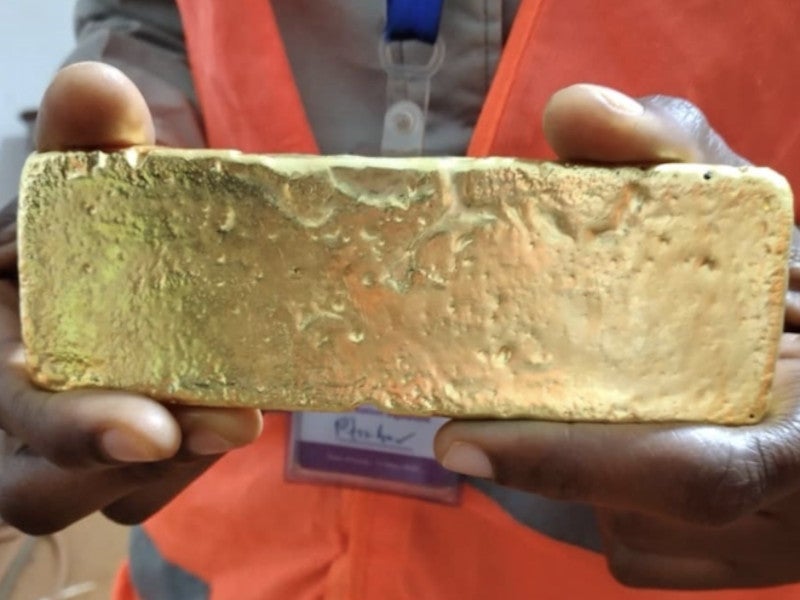The Buckreef gold mine project involves the redevelopment of an old underground operated by the Tanzanian State during the late 1980s, as well as the development of four nearby gold deposits namely, Buckreef, Buziba, Tembo, and Bingwa, in the north-central region of Tanzania.
The project is jointly owned by Tanzanian Gold (55%) and the Tanzanian State Mining Company (Stamico, 45%).
A pre-feasibility study (PFS) for the Buckreef redevelopment project was completed in June 2018. It predicted the production of up to 822,000oz of gold over an estimated mine life of 16 years with an estimated capital investment of £57.3m ($76.5m).
Mining at the Buckreef oxide open-pit was started in April 2020 while commercial production from the newly-built oxide gold processing plant was started in June 2020.
In July 2020, Tanzanian Gold closed a flexible financing agreement for up to £11m ($14m) with RiverFort Global Capital and Yorkville Advisors for the expansion of the oxide mining and processing operation, as well as to advance a feasibility study for the larger sulphide mining complex.
Location, geology, and mineralisation
The Buckreef project area lies south to the Lake Victoria Goldfields, approximately 45km south-west of Geita, in the north-central region of Tanzania in East Africa. The project site is located approximately 110km south-west of the city of Mwanza.
The Buckreef project area comprises the eastern portion of the east-west trending Rwamagaza Greenstone Belt (RGB) within the Lake Victoria Goldfields (LVG) of the Tanzanian Craton. The RGB forms part of the Sukumaland Greenstone Belt (SGB).
The mineralisation at the Buckreef deposit occurs in a steeply dipping, northeast-southwest trending brittle-ductile shear zone, while the Buziba deposit is located approximately 25km east of the Buckreef prospect.
Bingwa prospect is located approximately 4km east of Buckreef while the Tembo prospect lies approximately 3km south-west of the Buckreef deposit.
Ore reserves at Buckreef gold mine project
The proven and probable reserves at the Buckreef gold mine are estimated to be 19.2 million tonnes (Mt) grading 1.54g/t Au and containing approximately 951,010oz of gold.
The total measured and indicated resources for the Buckreef project were estimated to be 38.57Mt grading 1.77g/t Au and containing approximately 2.2 million ounces (Moz) of gold, as of March 2020.
Mining and ore processing
The open-pit mining method involving a drill, blast, load and haul operations are implemented for extracting ore at the Buckreef gold project. The vertical or sub-vertical faces will be excavated and wide horizontal ledges will be left to make mining benches. The mining fleet will include articulated dump trucks (ADT) and excavators.
The run-of-the-mine (ROM) ore is sent to a nearby processing plant where it undergoes crushing, grinding, gravity and concentration stages, before being treated by the carbon-in-leach (CIL) method on the gravity circuit for the recovery of gold.
Infrastructure facilities
The Buckreef project can be accessed through the all-weather dirt road from Katoro while an aerodrome is also planned to be developed at the mine site.
The electricity supply for the project is fulfilled through a 132kV transmission line from Katoro to Rwamagaza that directly connects the mine site. A diesel generation plant is planned to supply additional power for the project.
The Nyamazovu dam located near the process plant will supply water for the project and a single water-borehole is used for supplying potable water.
Contractors involved
The PFS as well as the updated mineral resource estimates for the Buckreef project were prepared by Virimai Projects.
PricewaterhouseCoopers Corporate Finance (PwC) was engaged to help secure financing for the Buckreef mine redevelopment project in May 2020.





